Xiqu Centre
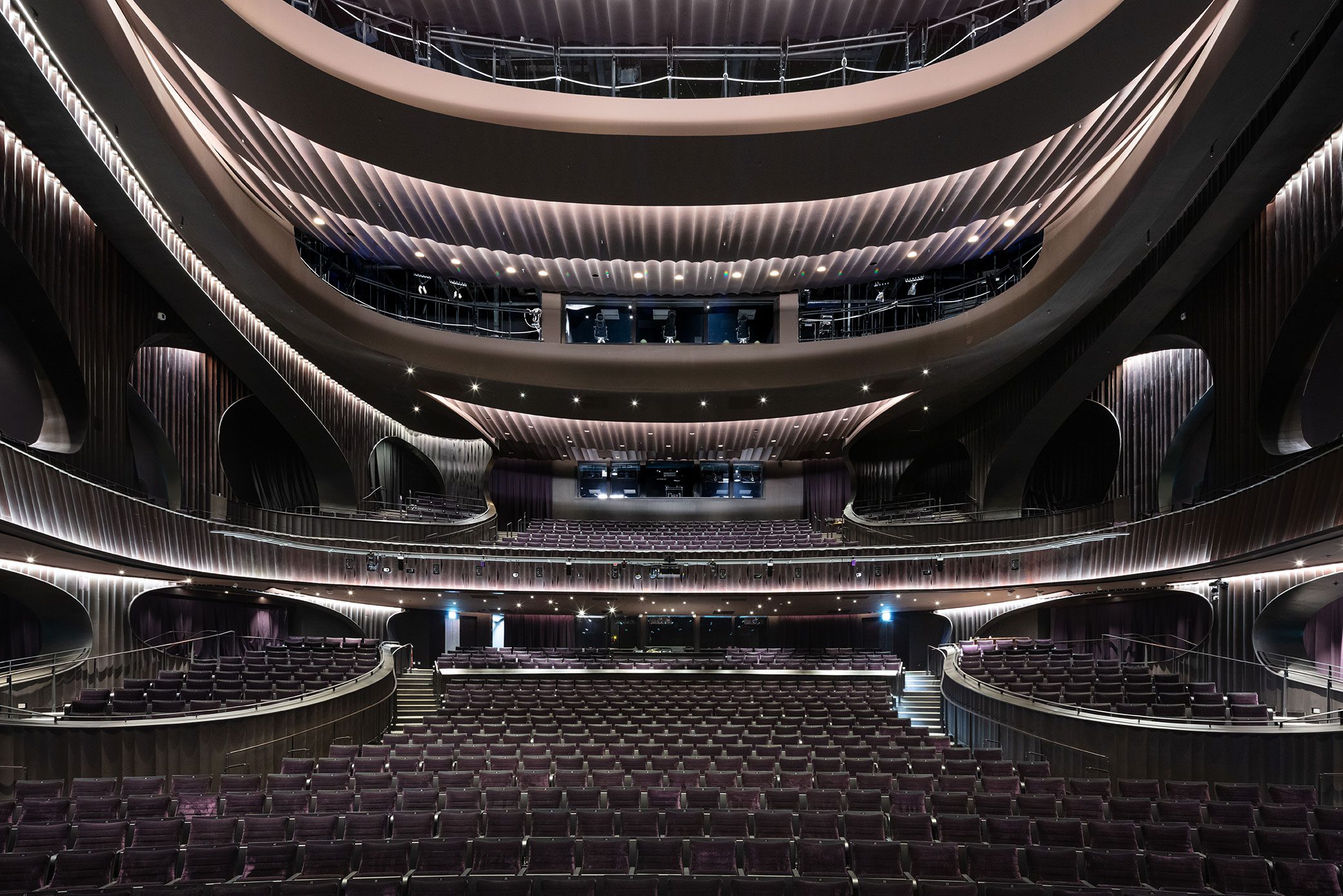
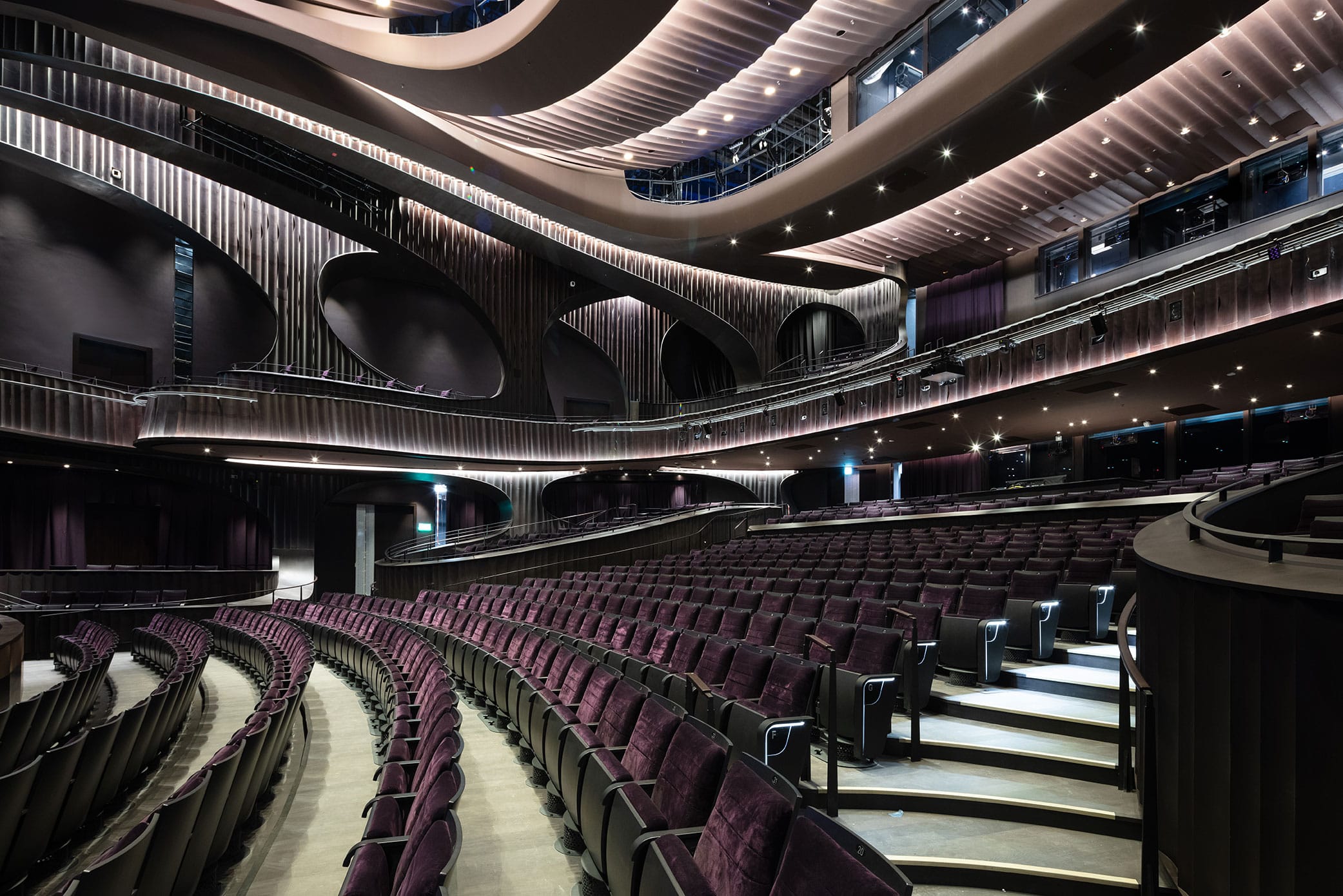
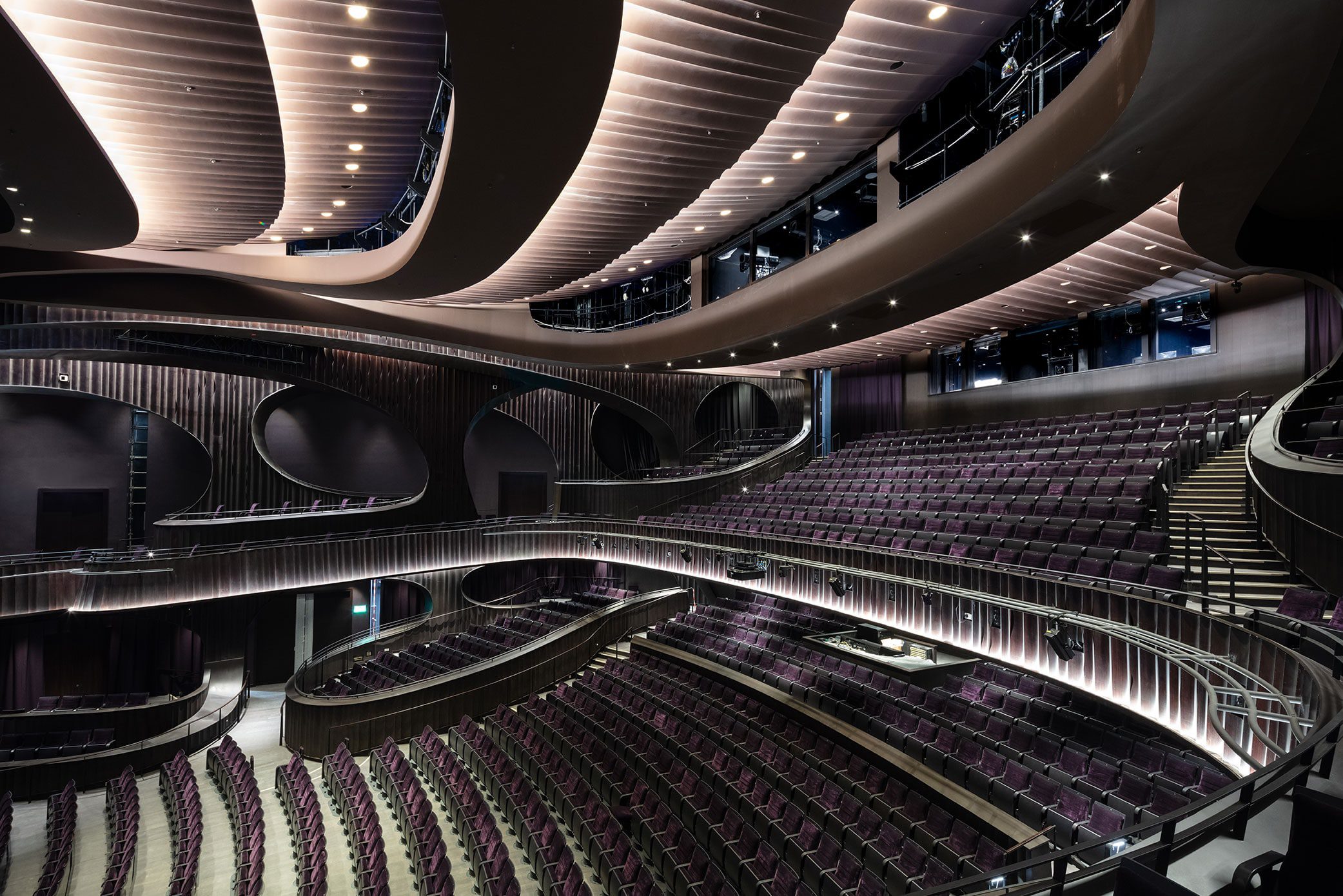
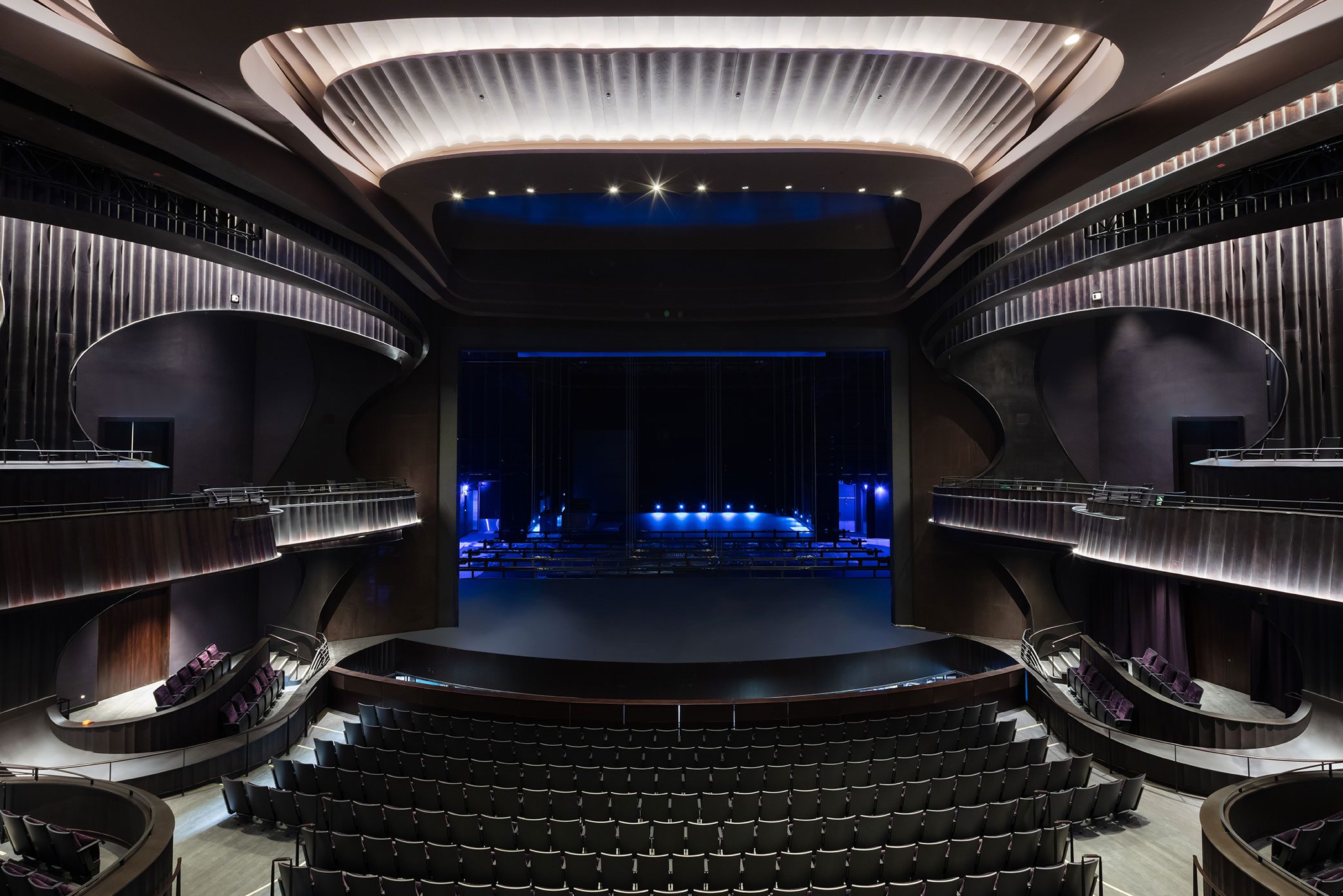
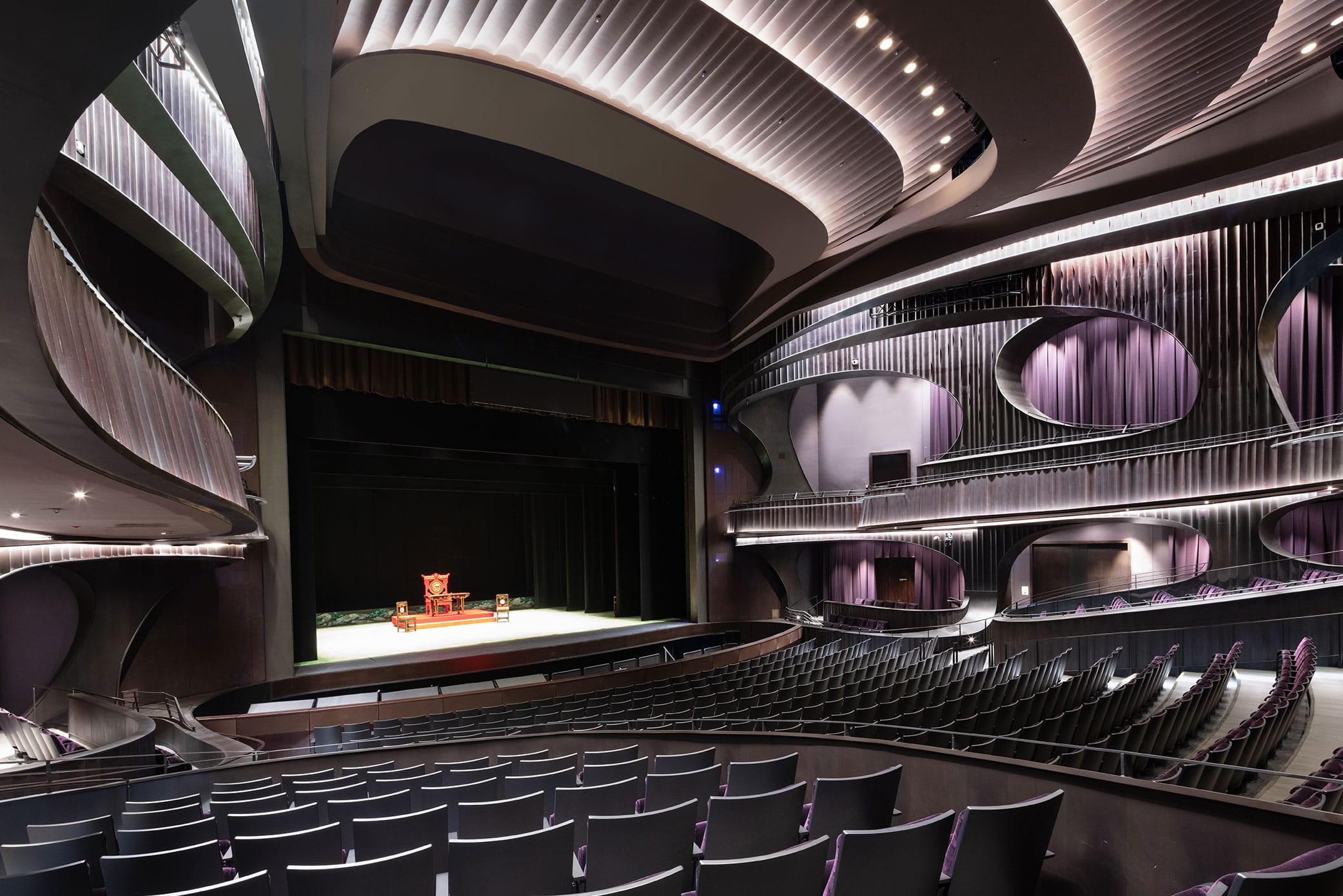
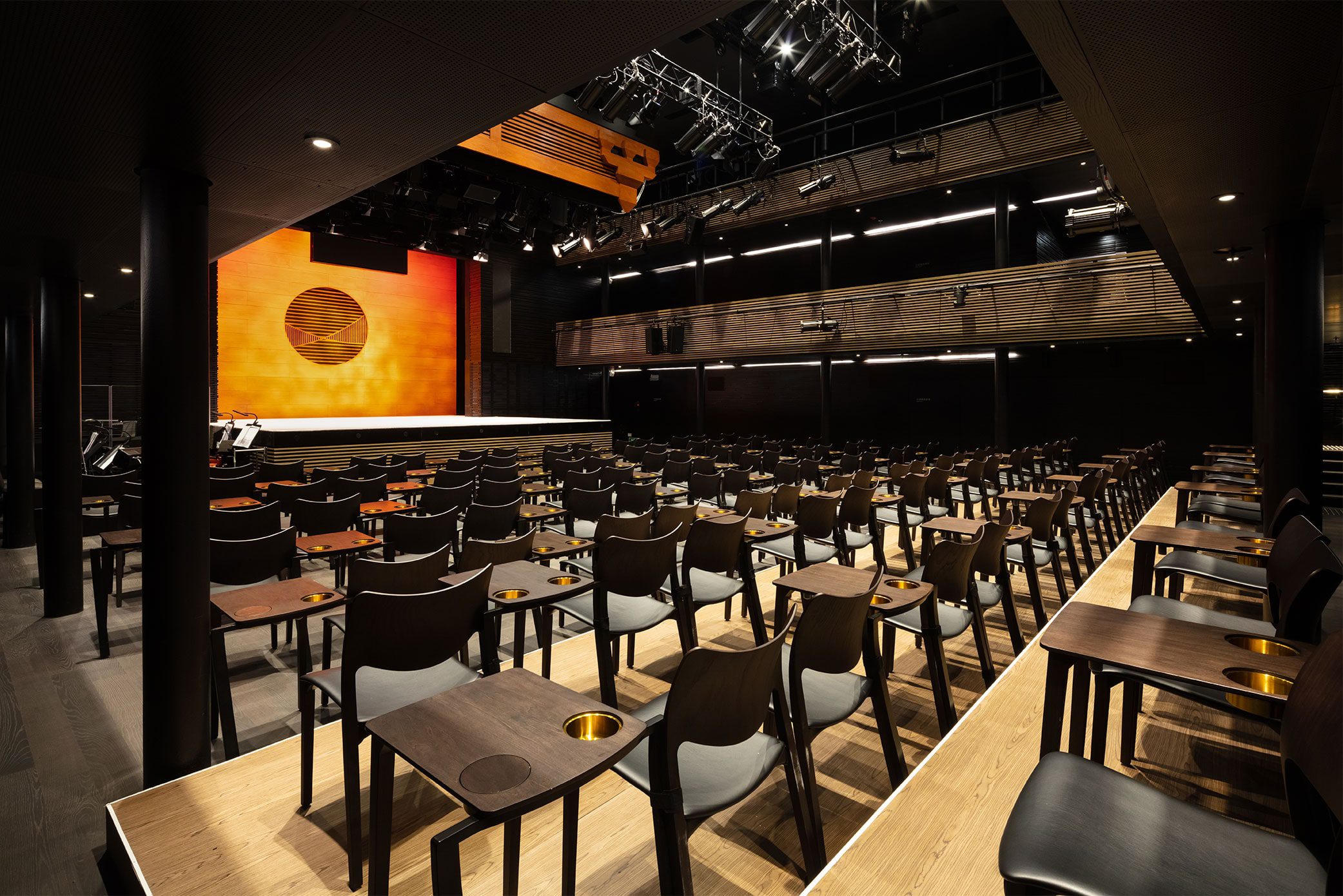
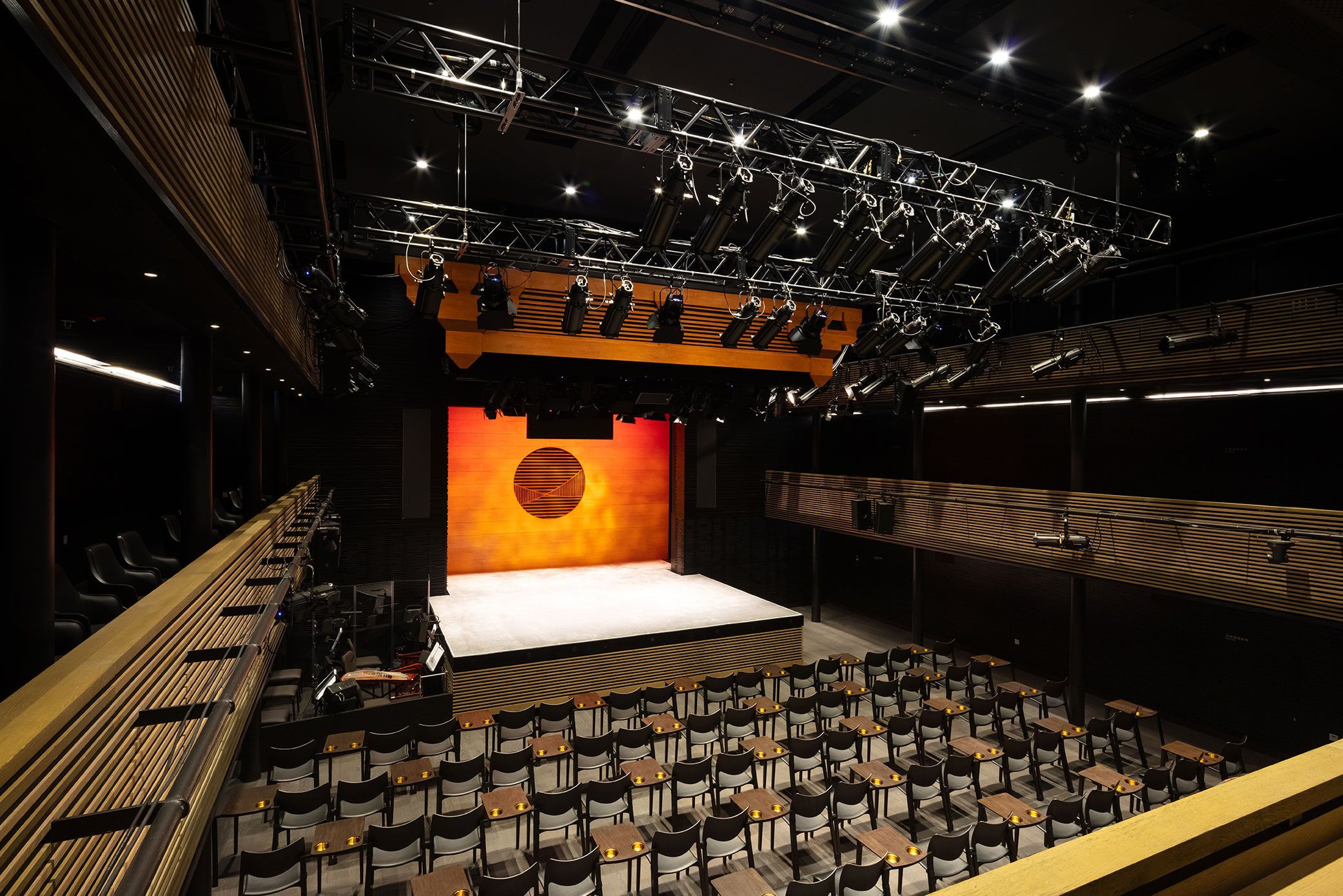
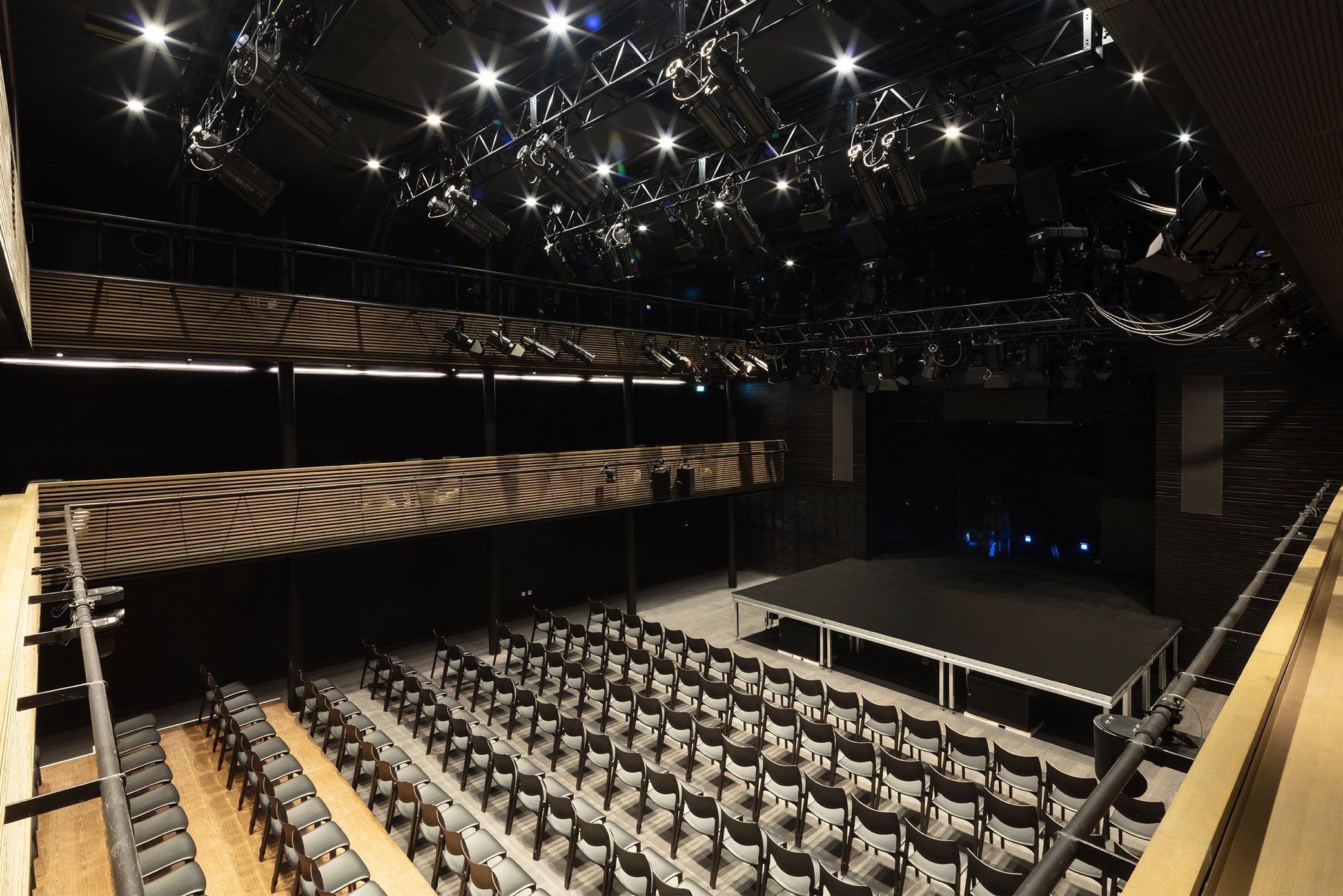
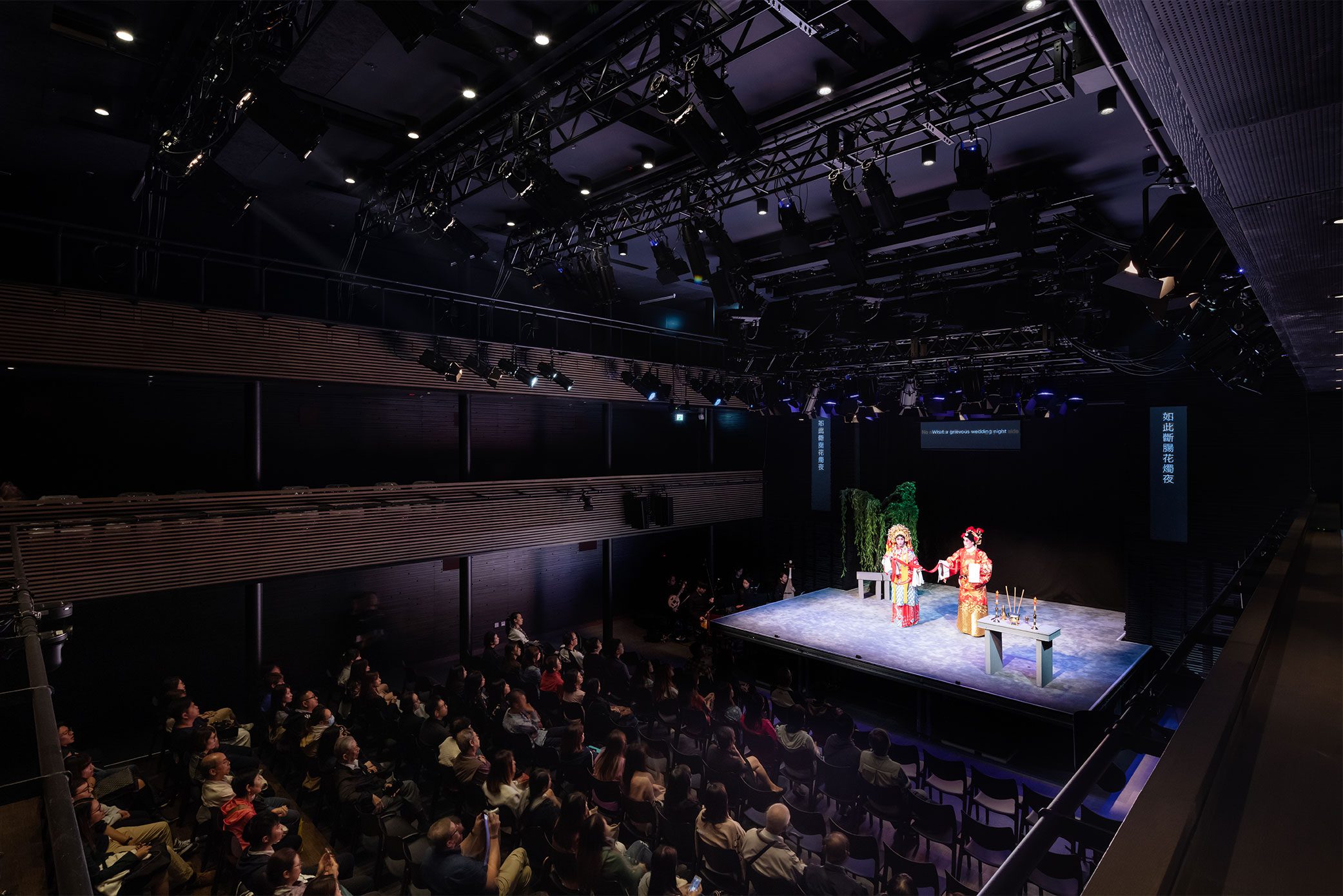
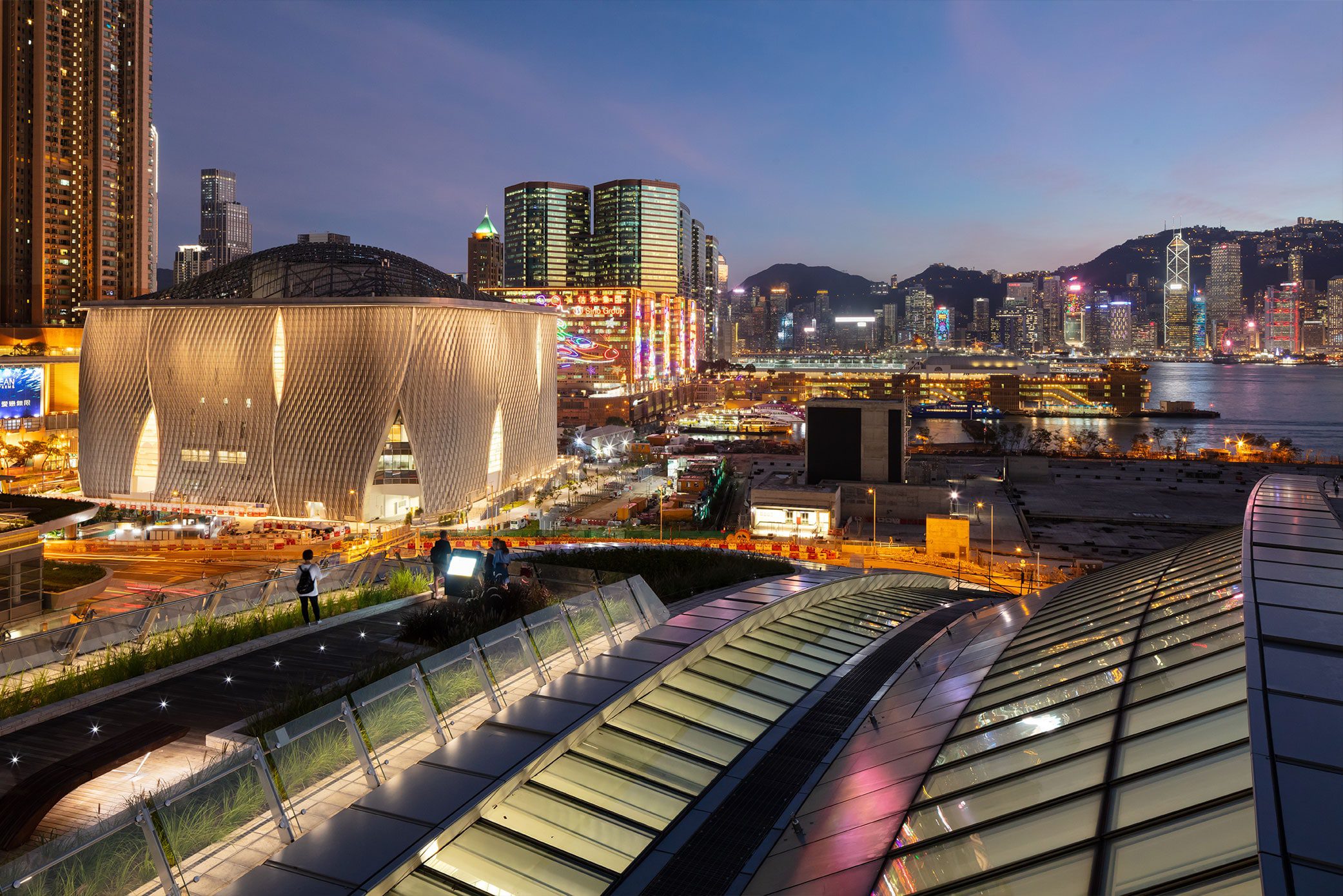
The new Xiqu Centre will host locally produced Cantonese Opera performances as well as visiting companies from across the Chinese-speaking world, where there are over 250 regional performance traditions. In addition to a main theatre seating 1,100, the project will include a traditional Tea House, rehearsal rooms and educational spaces. With 1,100 seats and a single balcony with side galleries, the main hall is intimate and lively. Taking inspiration from a Chinese garden, round “moon gates” define the side and back walls of the theatre. A 200-seat Tea House adds another, less formal option for visitors and a second space for intimate performances.The Xiqu Centre’s overall design lifts the opera house up above the main level, creating a plaza which opens to the rest of the West Kowloon Cultural District site. The plaza will be home to seasonally-constructed bamboo theatres and concerts, and also will serve as the first meeting point for visitors to the Cultural District.
- Client: West Kowloon Cultural District Authority
- Architect: Revery Architecture (formerly Bing Thom Architects)
-
Arch. of Record: Ronald Lu & Partners Hong Kong
-
Completion Year: 2019
-
Location: Hong Kong, China
-
Acoustician: Sound Space Vision
-
Capacity: 1,100 seats
